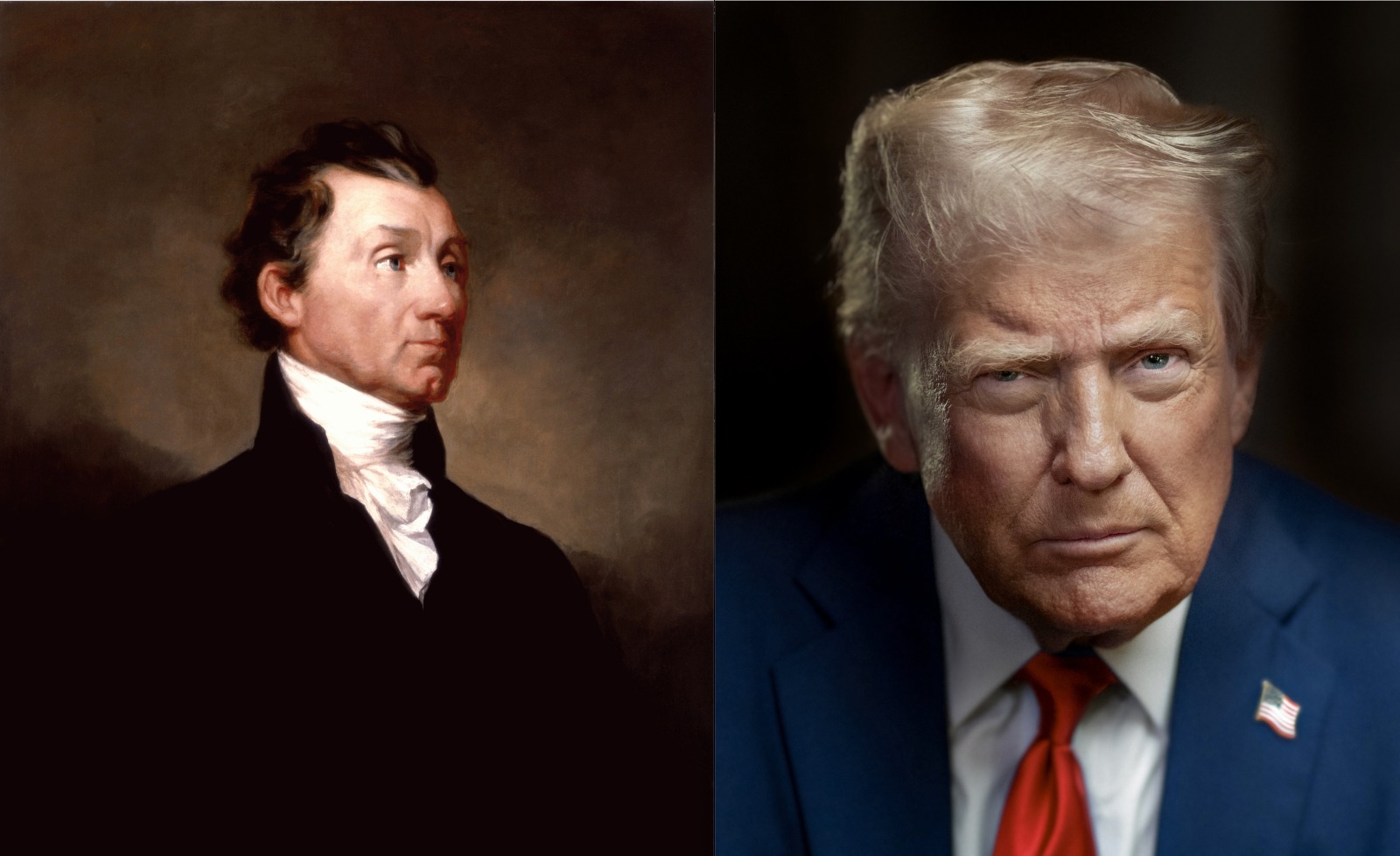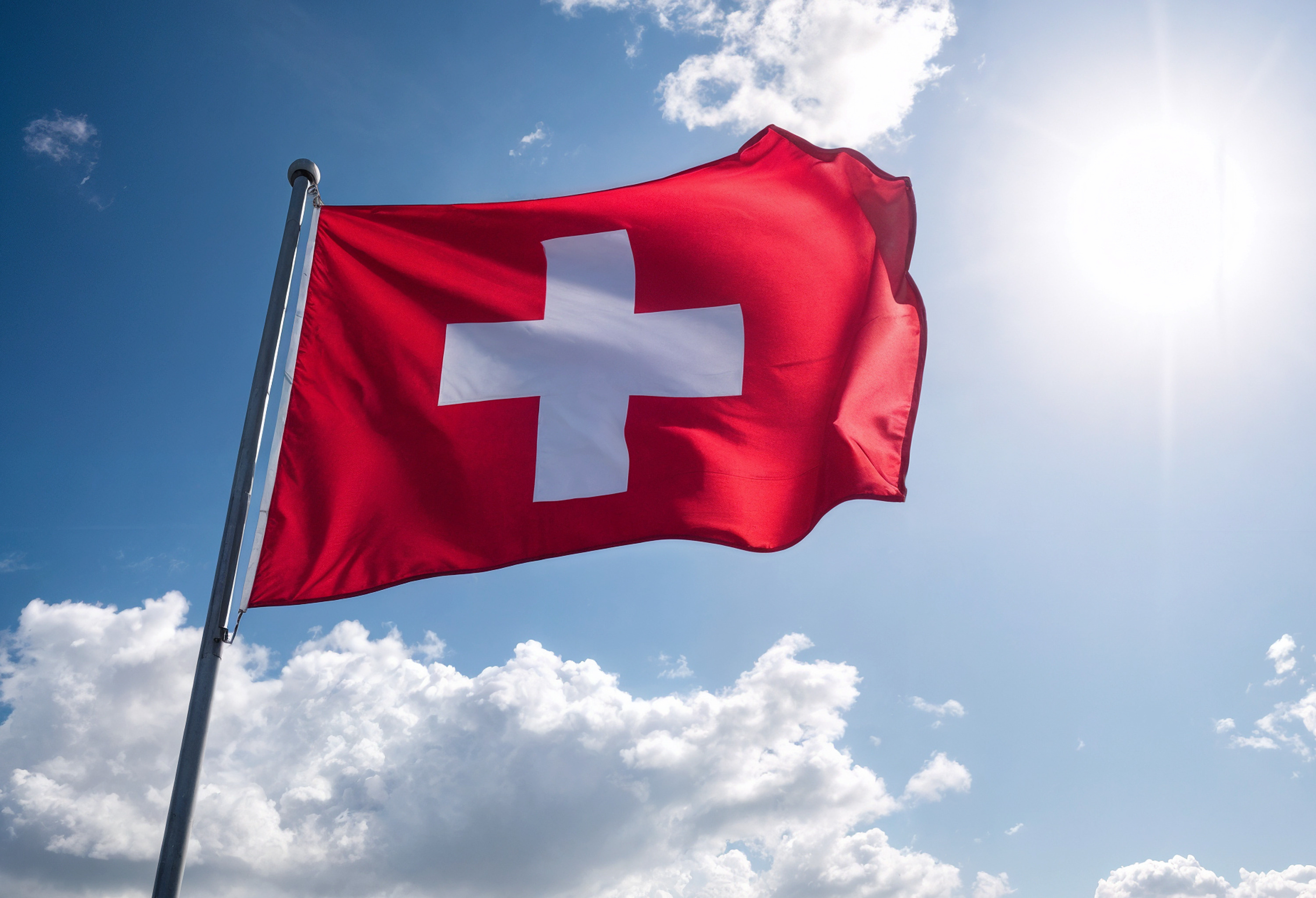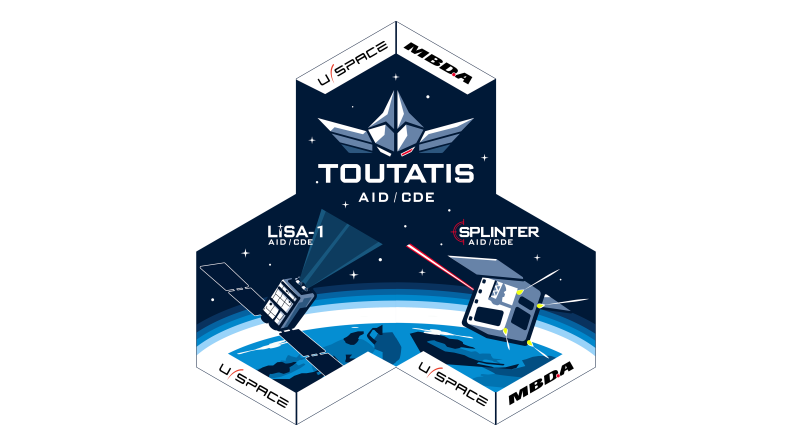The air campaign in Libya was the fruit of careful preparation. Faced with a campaign in which the participants were sometimes difficult to distinguish, the French Air Force was able to adapt its resources to carry out precision strikes.
Operation Harmattan: A Rafale Squadron Commander's Tale
Operation Harmattan began on 17 March 2011. The preceding two weeks were used to gather the elements of intelligence necessary to enable the chain of command to take the decision to launch its first mission of the campaign, a challenge which the Air Force took up with enthusiasm. It did so fully conversant with the situation, after an analysis based on those two weeks of study. Of course, daily reports on the analyses in progress had been requested in order to be as well prepared as possible. Reconnaissance missions were considered but these did not in the end take place. The work did nonetheless enable preparations to be moved forward.
Late on the morning of 19 March, the pilots of fighter squadron 01.007 ‘Provence’ walked towards their aircraft knowing that the mission was achievable, thanks to all the preparatory work. It was nevertheless a strange moment for the crews, who were passing from peacetime to a time of crisis without any transition or additional preparation. They were working from their peacetime base, thus confirming the combat function of an airbase. Some psychological transition was necessary, however: an artificial disconnection was created, and most of the personnel involved in the operation slept on the base the night before that first mission. This helped the crews to be ready not only physical, but also mentally, for D-day.
To react quickly to such changes it is highly advisable to have undergone a long period of operational preparation. This is why crews train throughout the year, to be able to cope with a wide range of missions. The reaction of the pro-Gaddafi forces remained to be seen. The air threat was known to be weak, although it was difficult to take into account because of the relatively restrictive rules of engagement which had been imposed on the Air Force. The main unknowns concerned the location and level of readiness of the ground-to-air defence systems. Once in theatre the enemy aircraft proved to have been relocated to the southern part of the country but the ground-to-air systems remained in place and very active, in particular to protect the troops moving towards Benghazi. An SA-8 was also very active throughout the day of 19 March, and during the three hours of the initial phase it tried in vain to gain an easy victory. This SA-8 was destroyed a few days later by other coalition aircraft.
On the first day, the French force included a first patrol of four Rafales, in an air-air configuration, whose task was to impose the no-fly zone to the south-west of Benghazi in order for a second Rafale patrol, in a reconnaissance configuration, to carry out intelligence gathering over the coastal strip from Benghazi to Syrte. The aim was to provide the coalition members with a complete initial picture of the tactical situation in this coastal sector. Also, it was necessary to prepare for the arrival of a second wave, made up of Mirage 2000D, Rafale and Mirage 2000-5. This second wave carried out strike missions, which enabled the vice to be tightened around Benghazi.
These strikes proved to be accurate, as were all those of the operation. All of the munitions fired by the French combat aircraft were precision weapons. This reflected the careful selection of targets and a total mastery of the effects. To be selective, however, requires the ability to discriminate. For the units involved this was certainly the biggest challenge of the operation. The absence of troops on the ground deprived them of the cultural and operational support of the Joint Terminal Attack Controller (JTAC). In this respect, the units were following very different procedures from those used in Afghanistan. In addition to a conventional air campaign they had to protect the population, which meant directly engaging the pro-Gaddafi forces which threatened them on the ground, without the aid of specialized support teams. As might be expected, the pro-Gaddafi forces quickly appreciated and exploited these difficulties. They abandoned their heavy and highly visible equipment and took to pickup trucks, which were less identifiable. They also tried continually to mingle with National Transition Council (NTC) forces and with the civilian population. This inevitably complicated our operations. Their aim was of course to complicate the Air Force’s task, generate problems with identification and decision-making, and ultimately to increase considerably the political risk of each strike, seeking to hamper the coalition’s cohesion.
To counter this ‘asymmetrisation’ of the conflict, it was necessary to set up an extremely effective collaborative organization. All the players worked in a network, connected by tactical data links or by phone, and the appropriate level of information had to be shared among the participants to ensure that everyone understood the situation. Combat aircraft, UAVs, Intelligence, Surveillance and Reconnaissance assets (ISR), AWACS and headquarters had never worked with such a degree of synergy, while the latter organizations integrated the intelligence from all sensors in the area. When the intermingling became too close, it was often a longer-term analysis which enable the reality of a target to be established. Its true allegiance as well as the reality of a direct threat to the population could thus be determined. The UAVs (Unmanned Aerial Vehicle or drones) represented a precious resource, working in harmony with the combat aircraft.
One of the missions which I carried out in May illustrates the combined effectiveness that resulted from using a range of assets, to a degree which I have never met in other theatres in the past. That day, we were working in total autonomy with my patrol in the Jebel Nafoussa region when the Combined Air Operations Centre (CAOC), via AWACS, asked us to join and work with a Predator UAV far to the South of our position. This UAV had watched a resupply route for the Jebel Nafoussa fronts over more than three hours. The CAOC subsequently committed three different patrols in succession which were to attack all the targets identified during this long period of analysis.
As for the authorisation for opening fire, a compromise had to be found between a very centralised and a very de-centralised process. Ultimately, the working of the system on a daily basis was delegated to the lowest acceptable level. From one day to another the reality of the situation changed so that sometimes the crews had the authorisation to open fire while sometimes it was retained at a considerably higher level.
In such an operational context, the Rafale was an adaptable tool which enabled the whole range of missions to be covered during a week and, above all, allowed a reduced number of aircraft to be deployed to cover a relatively wide diversity of missions. During this time missions were undertaken in Afghanistan. In the Libyan theatre the aircraft gave a very convincing demonstration of its adaptability. Its sub-systems also showed remarkable qualities of precision, performance and reliability.
By way of conclusion, for the crews, Libya was a deployment which was close to the Afghan standard with regard to its complexity, but very different in its political, strategic and tactical context. The terrain was altogether different too. We also had to abandon the Afghanistan model: to get rid of the strategic and tactical culture which Afghanistan deployments had instilled in us. In Libya, the aircrews had to relearn an important function—which, in the Afghanistan model, lies with the JTAC—that is, the ability to designate and identify a target. This was a constant challenge. However, experience in Afghanistan gave us a culture of certainty of action, which has enabled us to appear selective. A certain culture of doubt has taken root in its place as well as an awareness of the effects produced. Let us say that the crews involved in this conflict have displayed great humility and restraint whenever necessary. ♦






